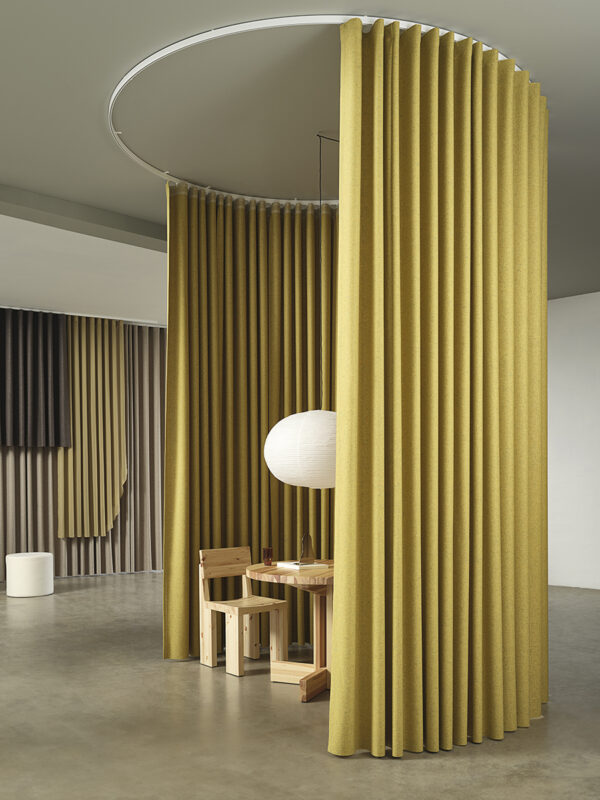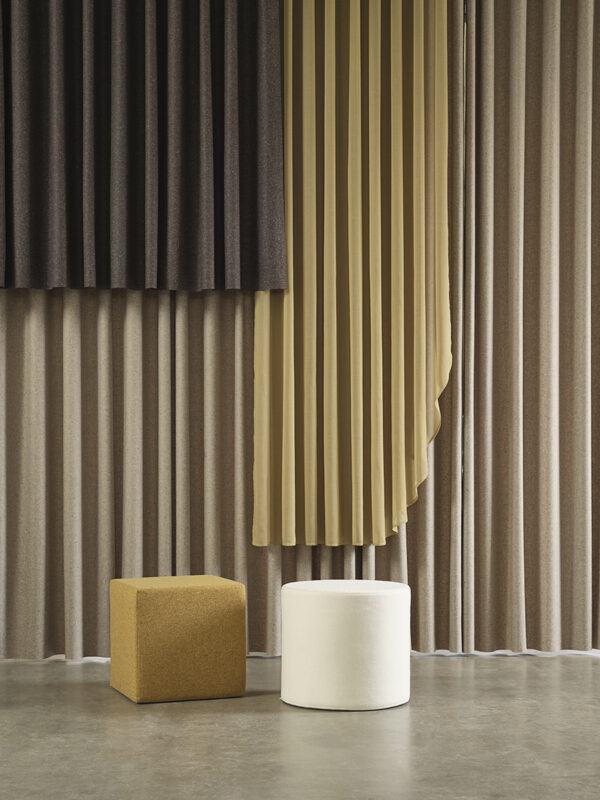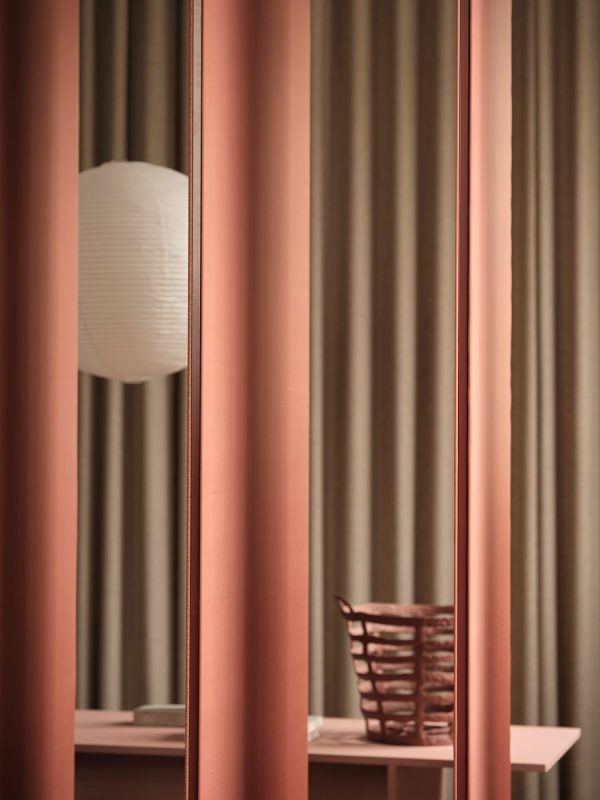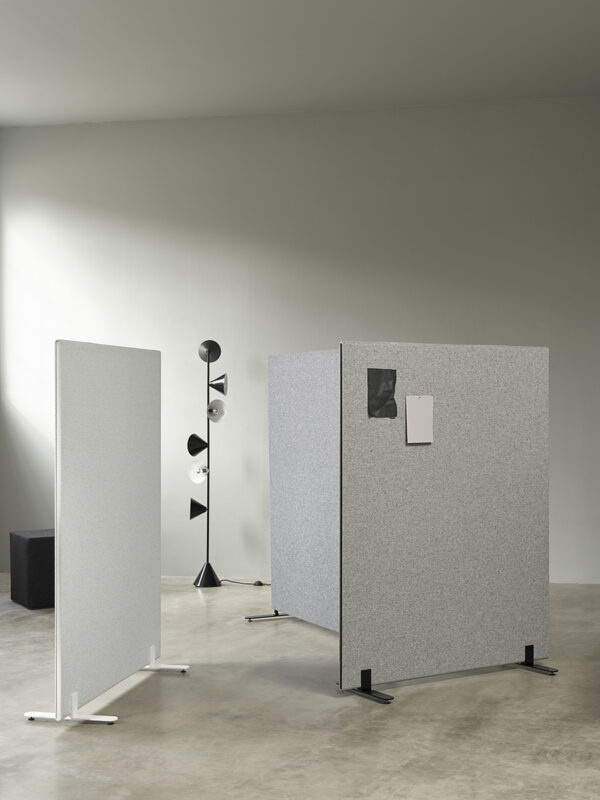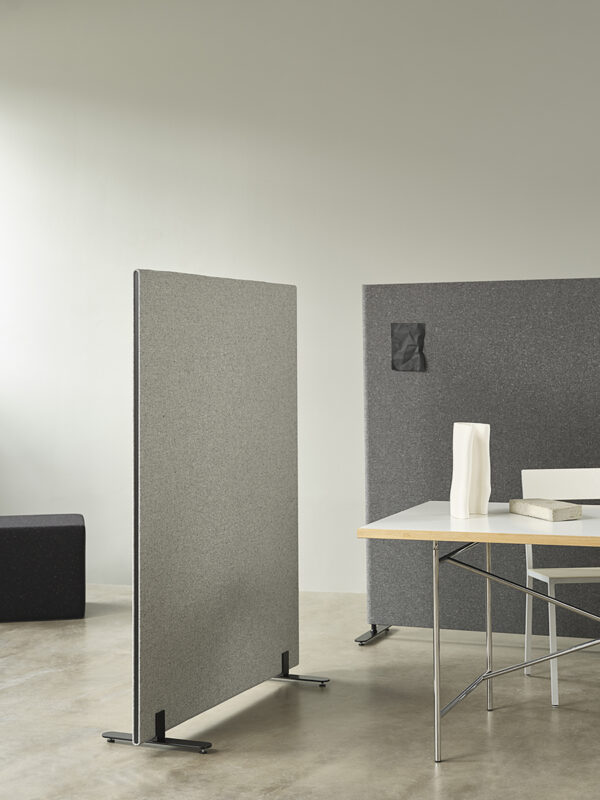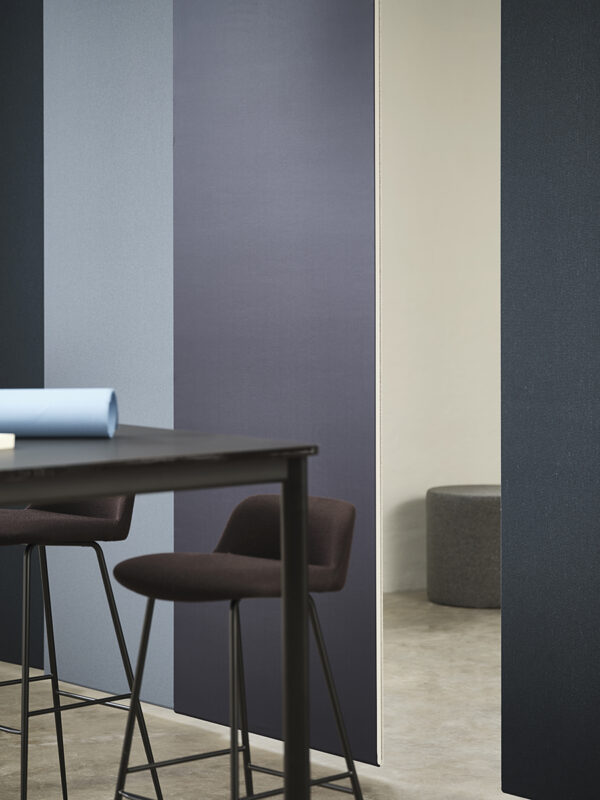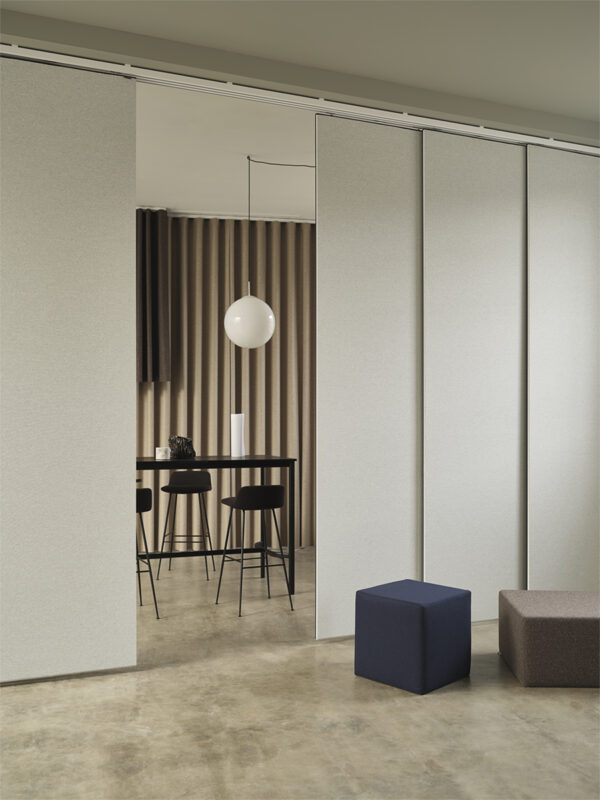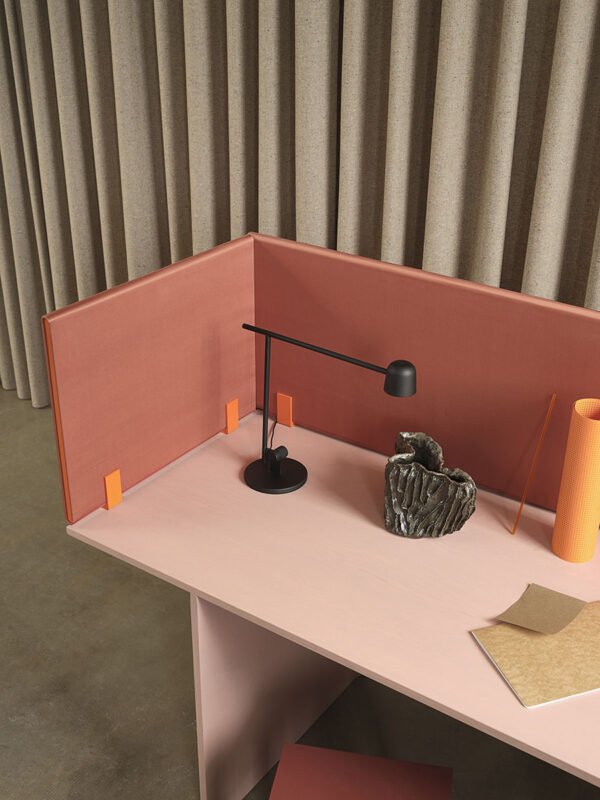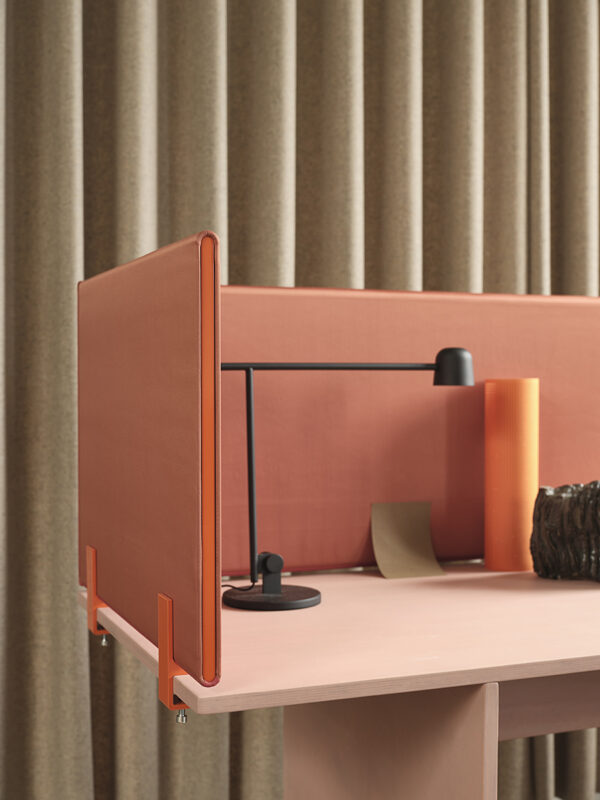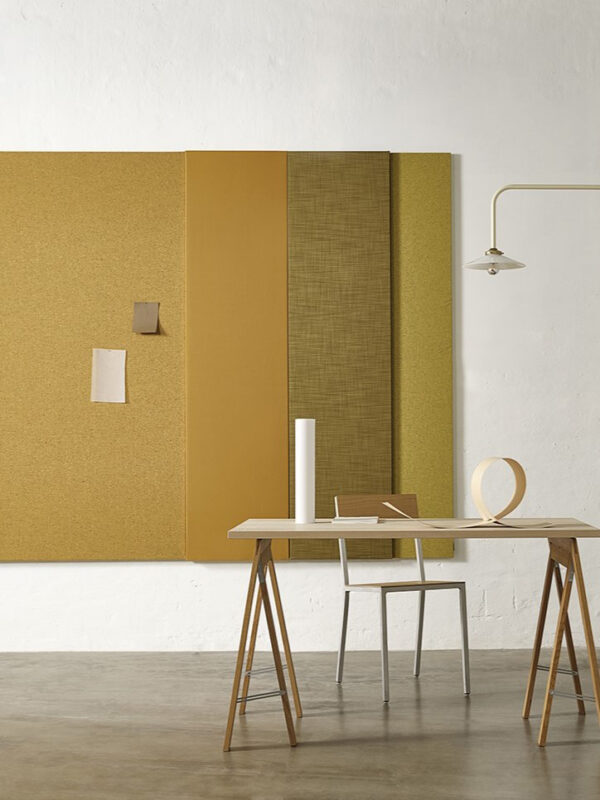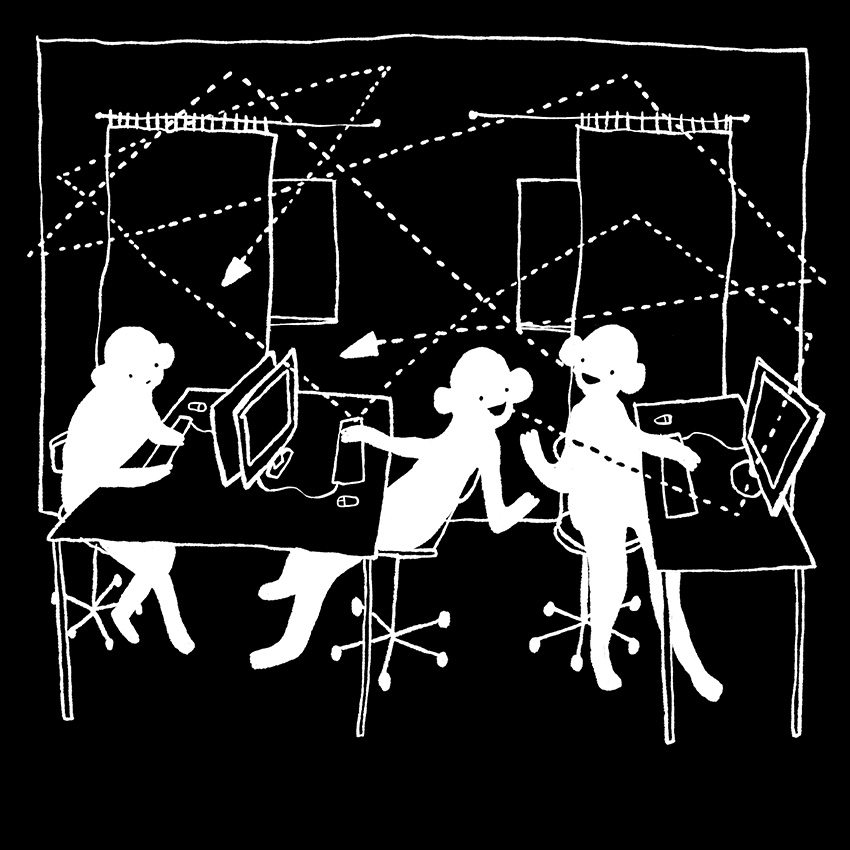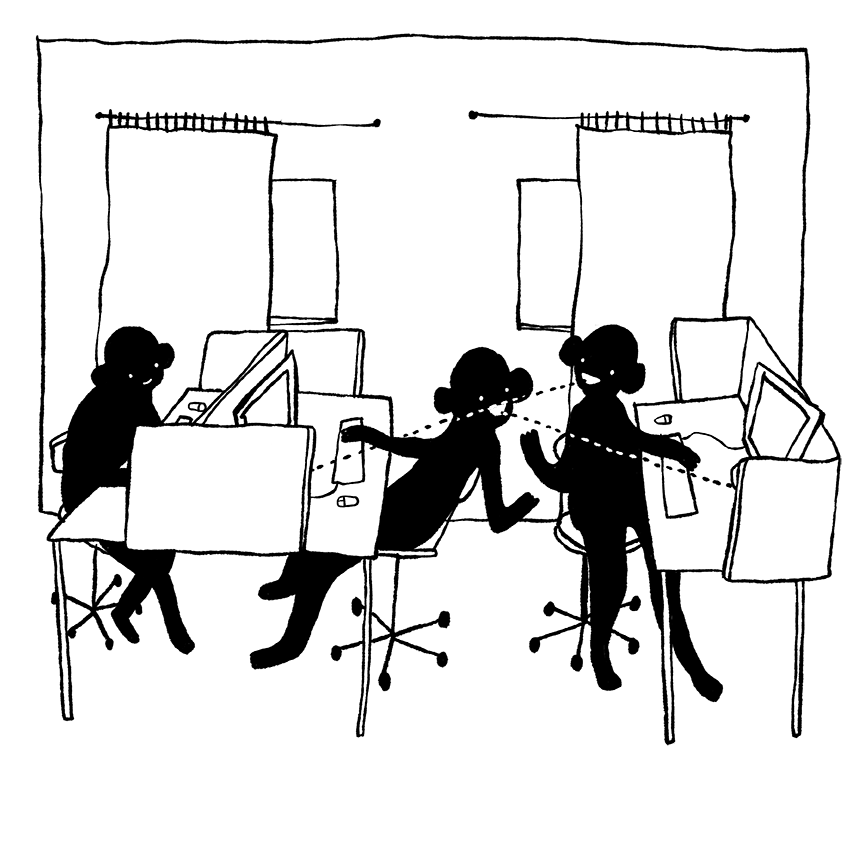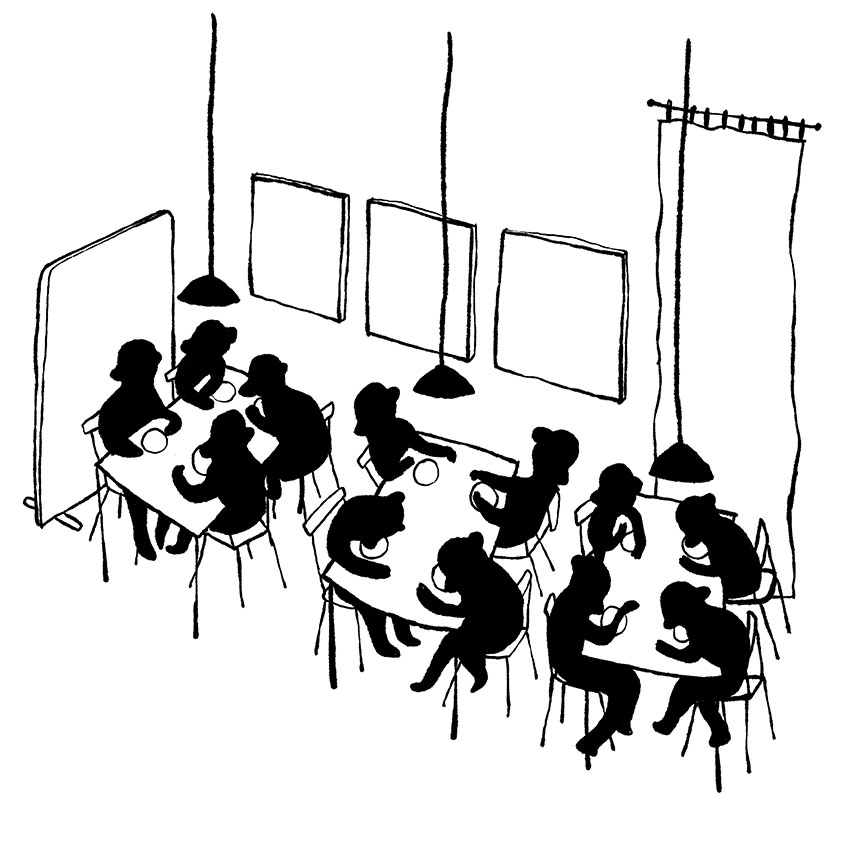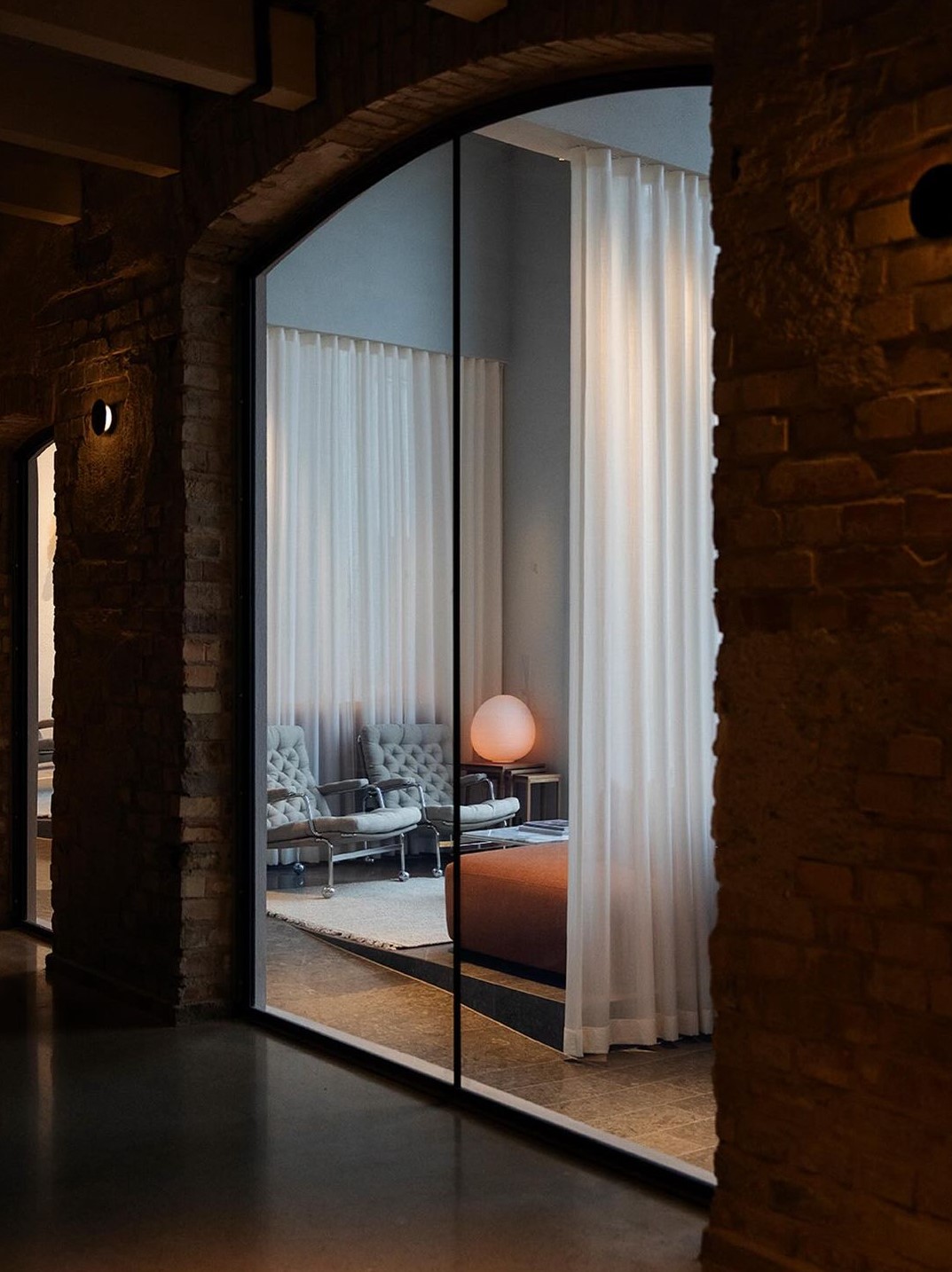Acoustic products.
Sometimes, we don’t notice a noise is there until it’s not. Like when someone turns off a humming air conditioner and we suddenly feel a sense of relief. This is a feeling you can achieve with proper acoustic designs.
Take a look at our extensive array of panels, screens and curtains. Flexible to your personal aesthetics and functional needs, whether it’s for home, in the office or wherever you need to take charge of your sonic surroundings.
-
Acoustics
Acoustic Curtains
Add free sample to cart -
Acoustics Slide Panels
Panel Flex
Add free sample to cart -
Acoustics
Floor Screens
Add free sample to cart -
Acoustics Slide Panels
Panel Parallel
Add free sample to cart -
Acoustics
Table Screens
Add free sample to cart -
Acoustics
Wall Panels
Add free sample to cart
Fabrics and
colours
Acoustic panels & curtains
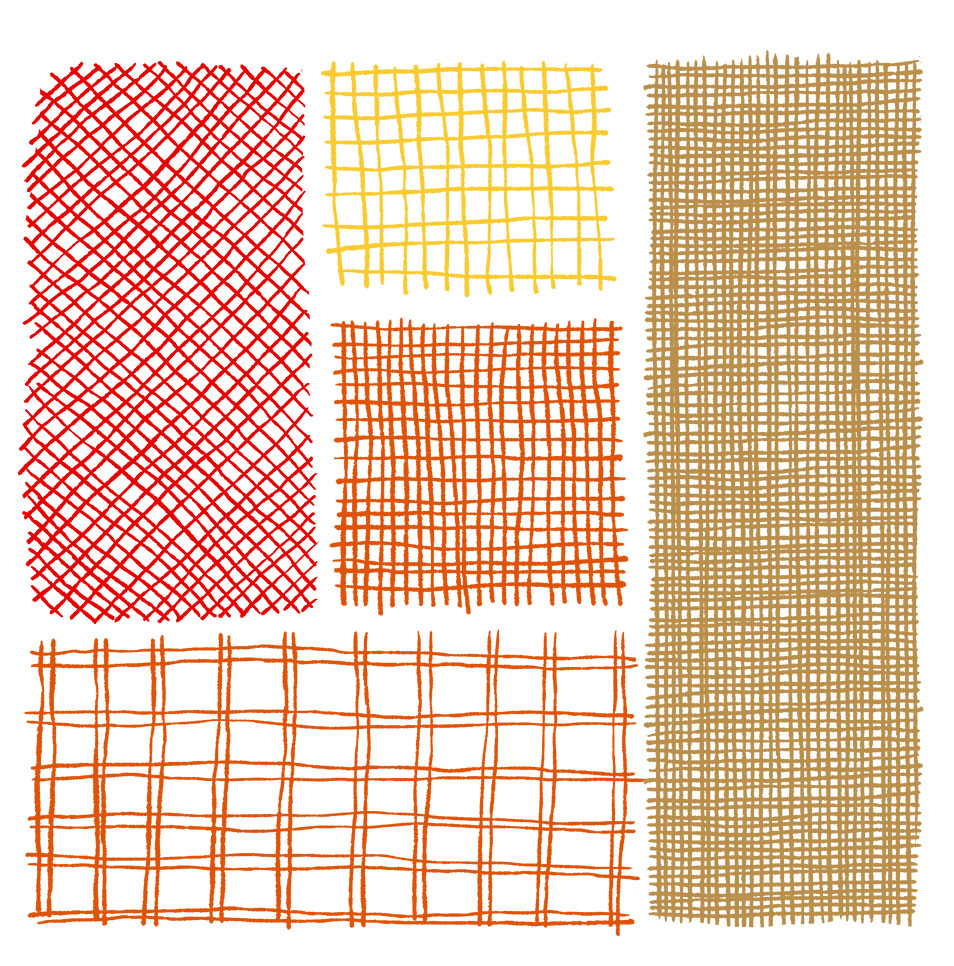
Photo: Jimmy Linus
Meet Daniel Berlin
at VYN
Fine dining experience and a hotel in one serene destination. Nestled in the plains of southern Sweden, Kurage provided fabric for the curtains in the outstanding Restaurant VYN by two-time Michelin chef, Daniel Berlin.
Explore

